Nikola Tesla’s pioneering work with alternating current electricity relies on power generated by a dynamo. Abraham Lincoln had a broad interest in science and technology. And now Lincoln and Tesla are joined in electrical science at the Library of Congress.
While Tesla likely never visited the library, Abraham Lincoln was certainly no stranger to the Library of Congress’s vast holdings. During Lincoln’s two-year term as a U.S. Congressman from 1847 to 1849 he lived at Mrs. Sprigg’s boarding house in a row of such houses from East Capitol Street to A Street SE. Directly behind the Capitol, it was a perfect location for Lincoln and his fellow boarders – mostly other Whigs and abolitionists – to discuss the issues of the day while being close enough to rush over for votes in Congress.
The row of houses was pulled down long after Lincoln’s time to make way for, you guessed it, the Library of Congress. The Jefferson Building of the Library was opened in 1897 and sits right on top of Lincoln’s once home-site. Lincoln as President was a regular borrower of books from the library’s shelves (at that time, the Library of Congress was still housed within the Capitol building). Topics of books loaned to Lincoln ranged from the strategy of war to the plays of Shakespeare, and of course, keeping up on science and technology.
Here’s where it gets interesting.
The Jefferson Building of the Library of Congress has an amazing main reading room, above which looms a beautiful dome hundreds of feet overhead. Around the central oculus is a mural by Edwin Howland Blashfield. Like Nikola Tesla, Blashfield spent much of his early life traveling around Europe. Later, once establishing himself as a widely regarded muralist, Blashfield would paint a mural in the dome of the Manufacturers’ and Liberal Arts building at the World’s Columbian Exposition (the Chicago World’s Fair), the very Fair where Nikola Tesla would become a household name.
Back in the Library of Congress, Blashfield decided on a circular mural designed to represent “Evolution of Civilization.” Various civilizations represent that evolution and the contributions each had made to society. Gazing upward you see this:
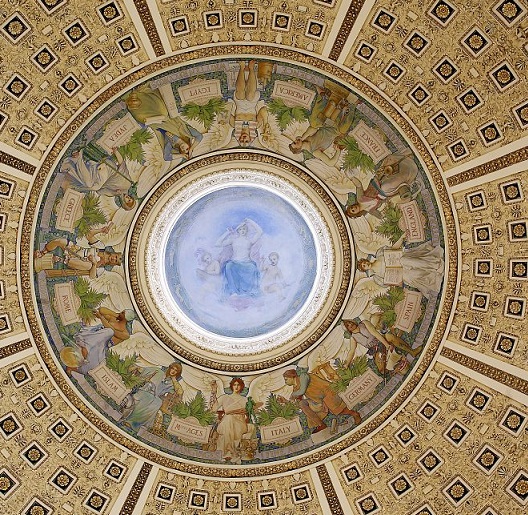
Zooming in to the “one o’clock” position of the above you can see someone very familiar:
 According to the Library of Congress’s Abraham Lincoln and Civil War expert Michelle Krowl, and quoting from the book On These Walls: Inscriptions & Quotations in the Library of Congress:
According to the Library of Congress’s Abraham Lincoln and Civil War expert Michelle Krowl, and quoting from the book On These Walls: Inscriptions & Quotations in the Library of Congress:
“America is represented by the field of science. The figure, an engineer whose face was modeled on that of Abraham Lincoln, sits pondering a problem. In front of him is an electric dynamo, representing the American contribution to advances in harnessing electricity.”
Well how about that? The visage of Abraham Lincoln is used to epitomize America, and our contribution to society is science, depicted by an electric dynamo harnessing electricity, something that Nikola Tesla was in the forefront of bringing to the American public.
So Tesla and Lincoln are connected in several ways through science. And that’s not the end of the connections between these two men.
For more, check out my e-book on Amazon: Abraham Lincoln and Nikola Tesla: Connected by Fate.
David J. Kent is an avid science traveler and the author of Lincoln: The Man Who Saved America, in Barnes and Noble stores now. His previous books include Tesla: The Wizard of Electricity (2013) and Edison: The Inventor of the Modern World (2016) and two e-books: Nikola Tesla: Renewable Energy Ahead of Its Time and Abraham Lincoln and Nikola Tesla: Connected by Fate.
Check out my Goodreads author page. While you’re at it, “Like” my Facebook author page for more updates!



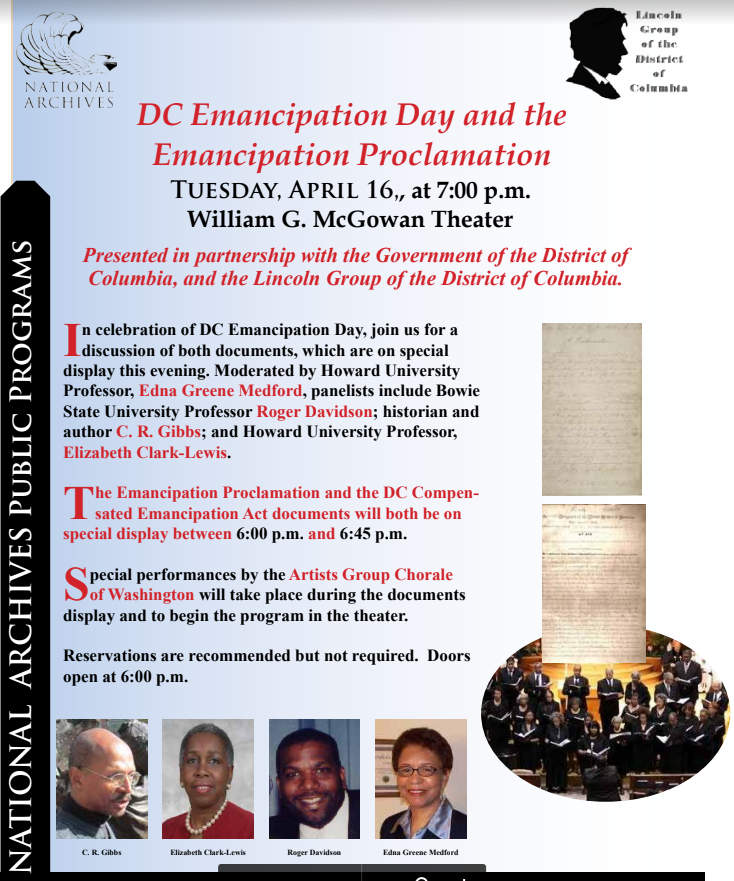
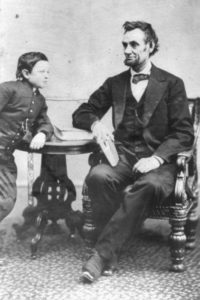 On April 4, 1865, President Abraham Lincoln took his son Tad into the city of Richmond, Virginia. The city had fallen the day before into Union hands two days before. It was Tad’s 12th birthday.
On April 4, 1865, President Abraham Lincoln took his son Tad into the city of Richmond, Virginia. The city had fallen the day before into Union hands two days before. It was Tad’s 12th birthday.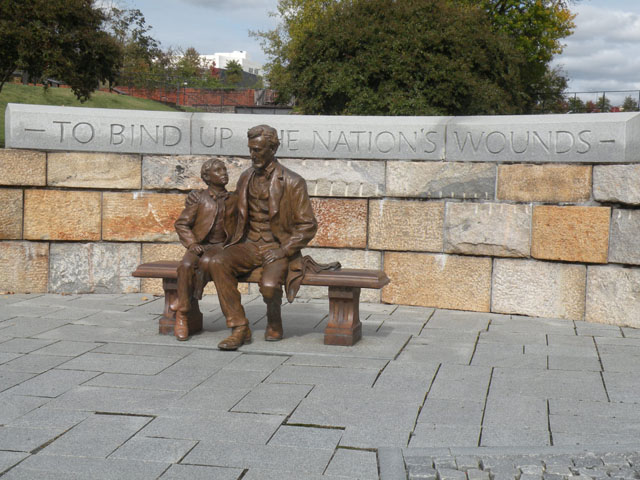
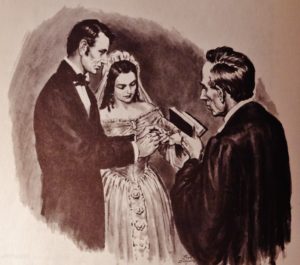 After an unfortunate breakup with a woman named Mary Owens, and with negotiations over moving the capital from Vandalia to Springfield under way, Abraham Lincoln decided to leave New Salem for the big city. The move was advantageous.
After an unfortunate breakup with a woman named Mary Owens, and with negotiations over moving the capital from Vandalia to Springfield under way, Abraham Lincoln decided to leave New Salem for the big city. The move was advantageous.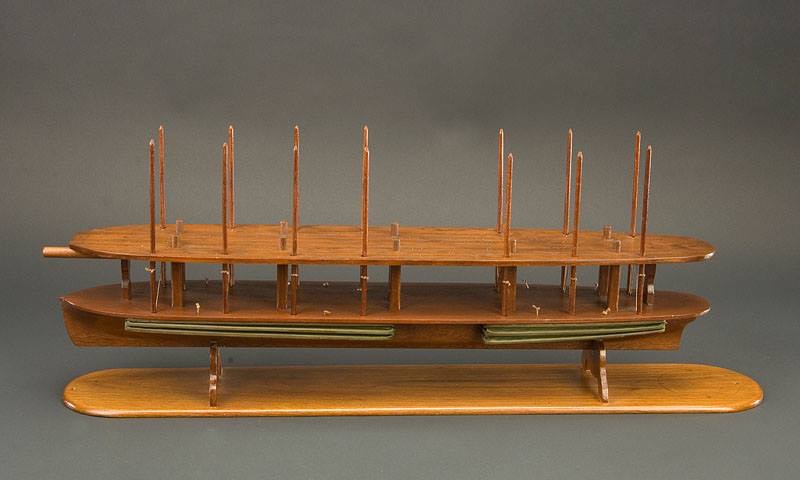
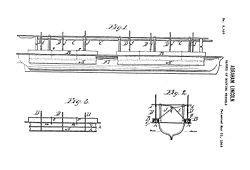
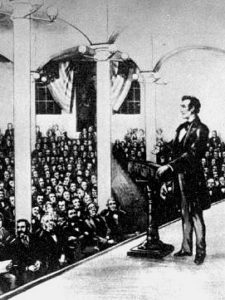 On February 27, 1860, a tall, lanky lawyer from Illinois gave a speech at a place called Cooper Union in New York City. The speech would make Abraham Lincoln president. Sounds a bit hyperbolic to say such a thing, and there were many other factors that contributed to Lincoln’s success that election season, but the speech did more to make his name in eastern society than any other event.
On February 27, 1860, a tall, lanky lawyer from Illinois gave a speech at a place called Cooper Union in New York City. The speech would make Abraham Lincoln president. Sounds a bit hyperbolic to say such a thing, and there were many other factors that contributed to Lincoln’s success that election season, but the speech did more to make his name in eastern society than any other event.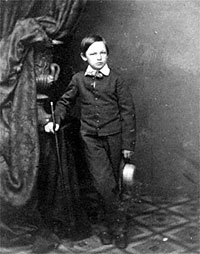 William Wallace Lincoln, “Willie,” died of typhoid fever on February 20, 1862. President Abraham Lincoln and his wife Mary Lincoln were devastated. Willie’s younger brother Tad was also afflicted, but would live. This personal tragedy on top of the ongoing Civil War was almost too much to bear for both of them; Mary would never completely recover. But Willie’s death, and those of 700,000 soldiers during the Civil War, also ushered in advances in the embalming sciences.
William Wallace Lincoln, “Willie,” died of typhoid fever on February 20, 1862. President Abraham Lincoln and his wife Mary Lincoln were devastated. Willie’s younger brother Tad was also afflicted, but would live. This personal tragedy on top of the ongoing Civil War was almost too much to bear for both of them; Mary would never completely recover. But Willie’s death, and those of 700,000 soldiers during the Civil War, also ushered in advances in the embalming sciences.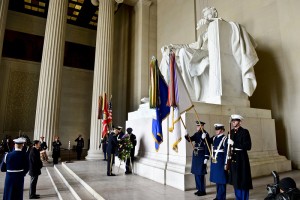 If you aren’t already a member, please consider joining the Lincoln Group of DC. We have members all over the country. For those who are local to the District of Columbia, we have monthly dinner meetings featuring well-known authors and Lincoln scholars, run at least one Civil War battlefield tour a year, have an engaging monthly book study group, and a host of other events and meetings. The Lincolnian newsletter comes out quarterly and includes news about the group as well as scholarly articles about Abraham Lincoln.
If you aren’t already a member, please consider joining the Lincoln Group of DC. We have members all over the country. For those who are local to the District of Columbia, we have monthly dinner meetings featuring well-known authors and Lincoln scholars, run at least one Civil War battlefield tour a year, have an engaging monthly book study group, and a host of other events and meetings. The Lincolnian newsletter comes out quarterly and includes news about the group as well as scholarly articles about Abraham Lincoln.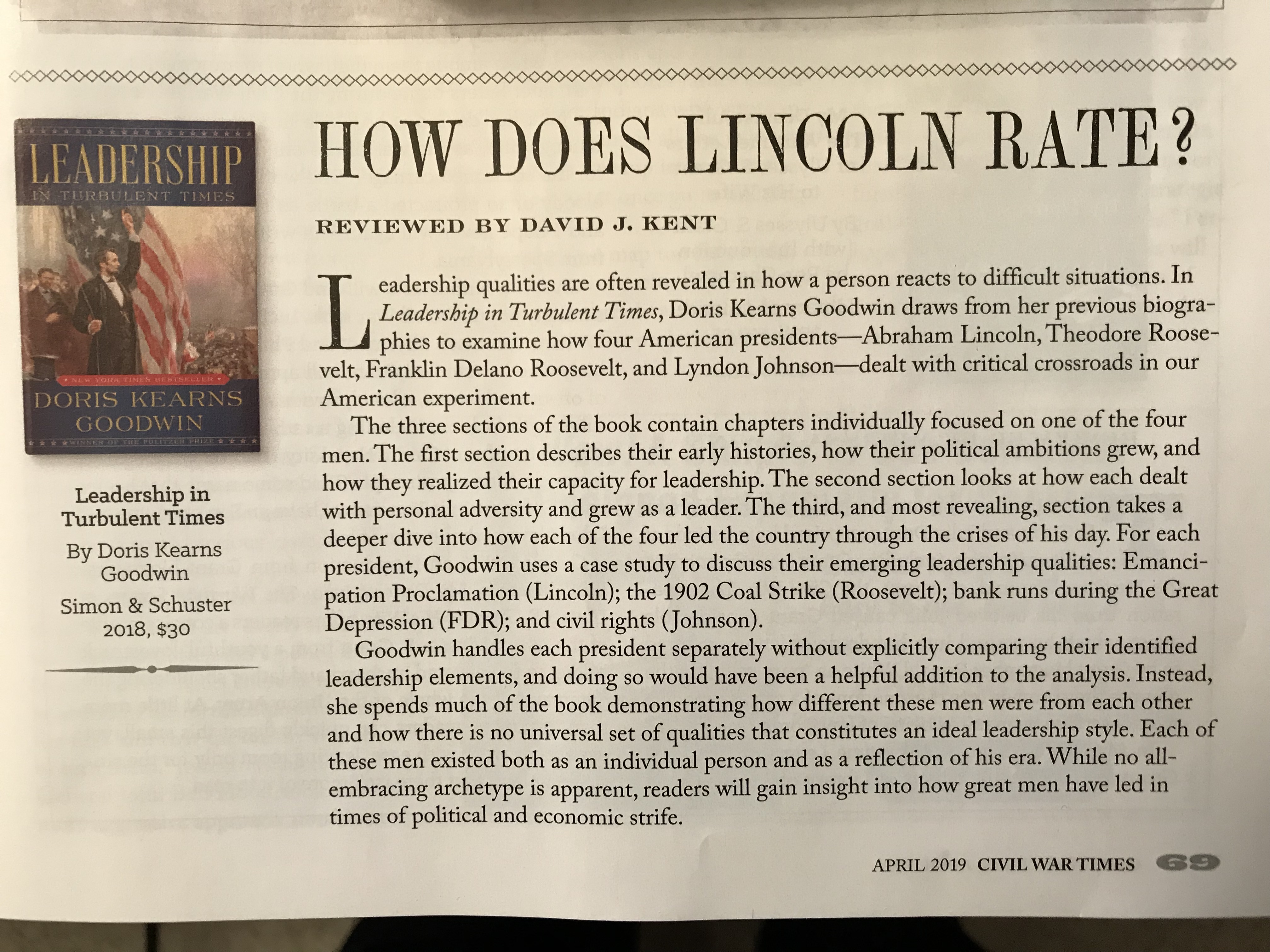 Most people of heard of Doris Kearns Goodwin from her bestselling book, Team of Rivals, about Abraham Lincoln picking many of his political rivals to key cabinet positions. Initially well sold, it got a huge boost after then-candidate Barack Obama was seen carrying it on the campaign trail prior to his 2008 election, then again when Obama picked his rival Hillary Clinton to be Secretary of State, much like Lincoln put William Seward in that position. Another boost came from Steven Spielberg’s movie, Lincoln, which was based on a tiny part of Goodwin’s book.
Most people of heard of Doris Kearns Goodwin from her bestselling book, Team of Rivals, about Abraham Lincoln picking many of his political rivals to key cabinet positions. Initially well sold, it got a huge boost after then-candidate Barack Obama was seen carrying it on the campaign trail prior to his 2008 election, then again when Obama picked his rival Hillary Clinton to be Secretary of State, much like Lincoln put William Seward in that position. Another boost came from Steven Spielberg’s movie, Lincoln, which was based on a tiny part of Goodwin’s book.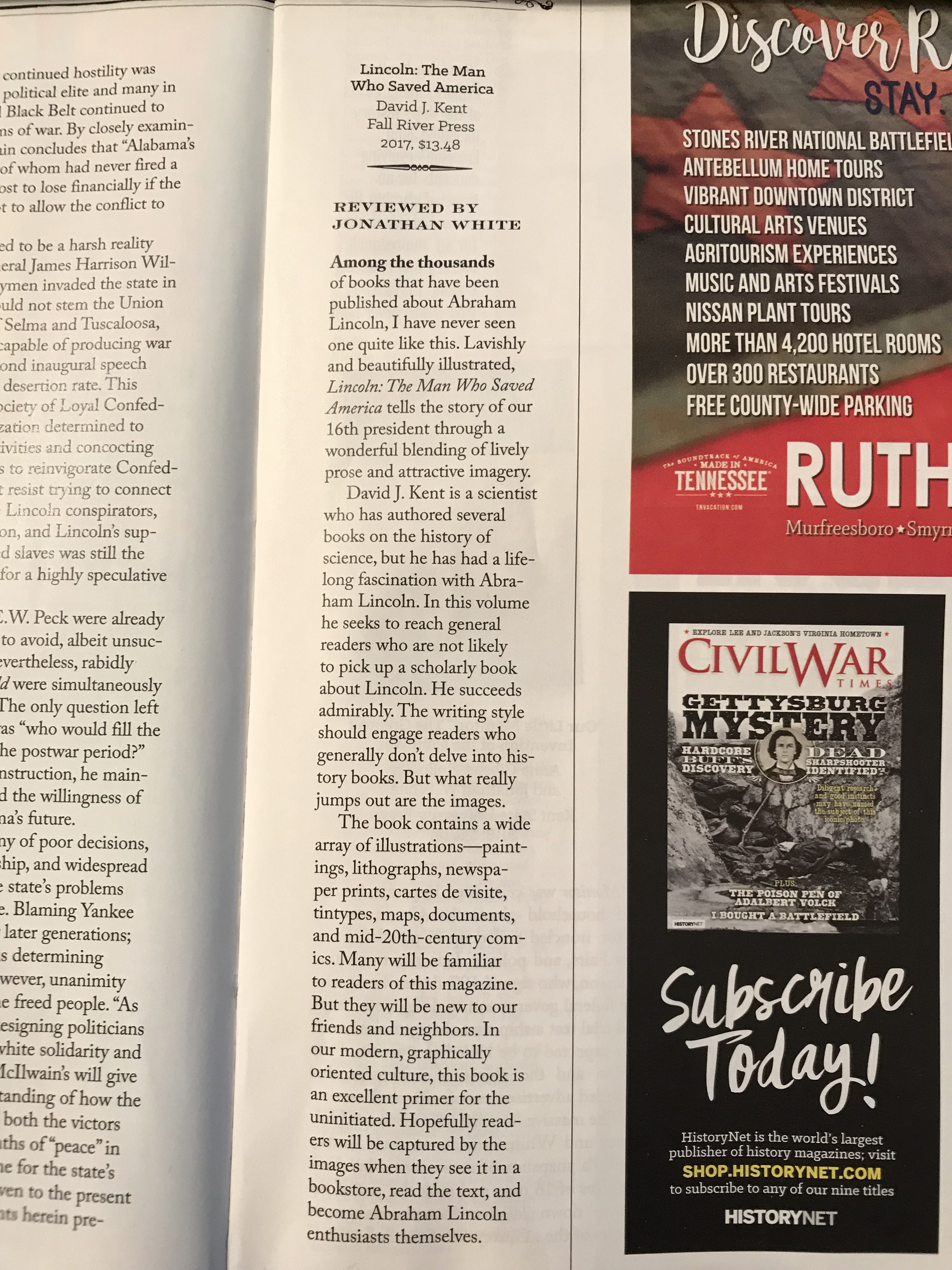



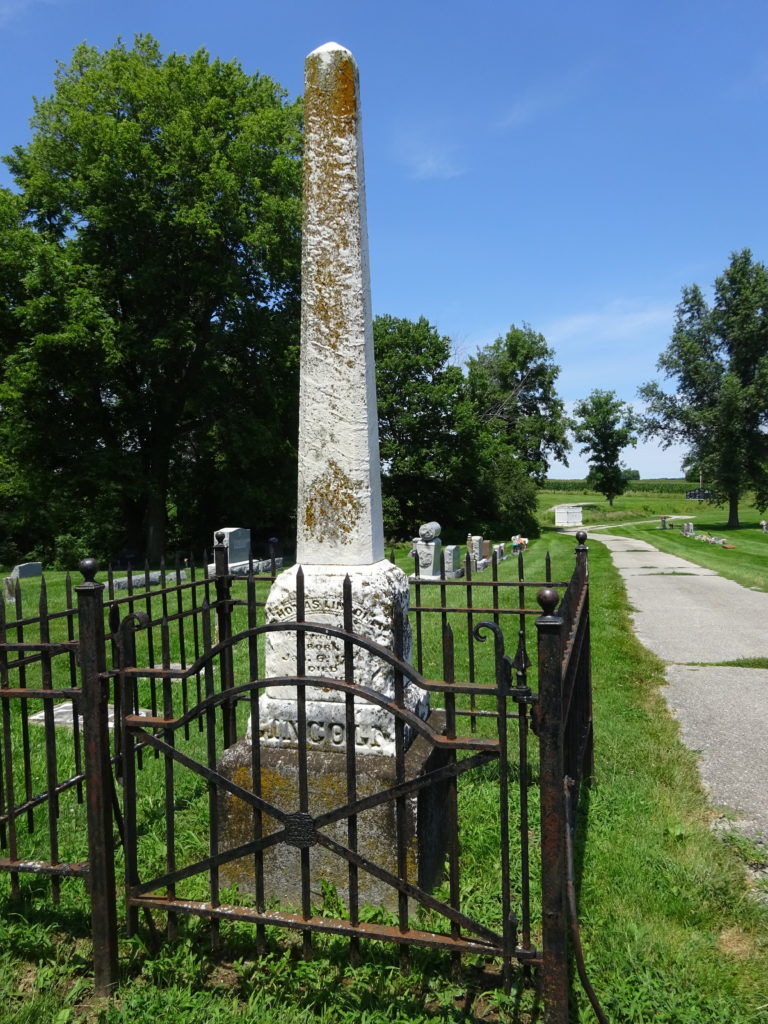 George Balch, a local farmer and poet who knew Thomas and Sarah Lincoln, wrote a poem years later to bring public attention to the neglected condition of the grave. A portion graces the waymarker sign; the following presents the entire poem.
George Balch, a local farmer and poet who knew Thomas and Sarah Lincoln, wrote a poem years later to bring public attention to the neglected condition of the grave. A portion graces the waymarker sign; the following presents the entire poem.






